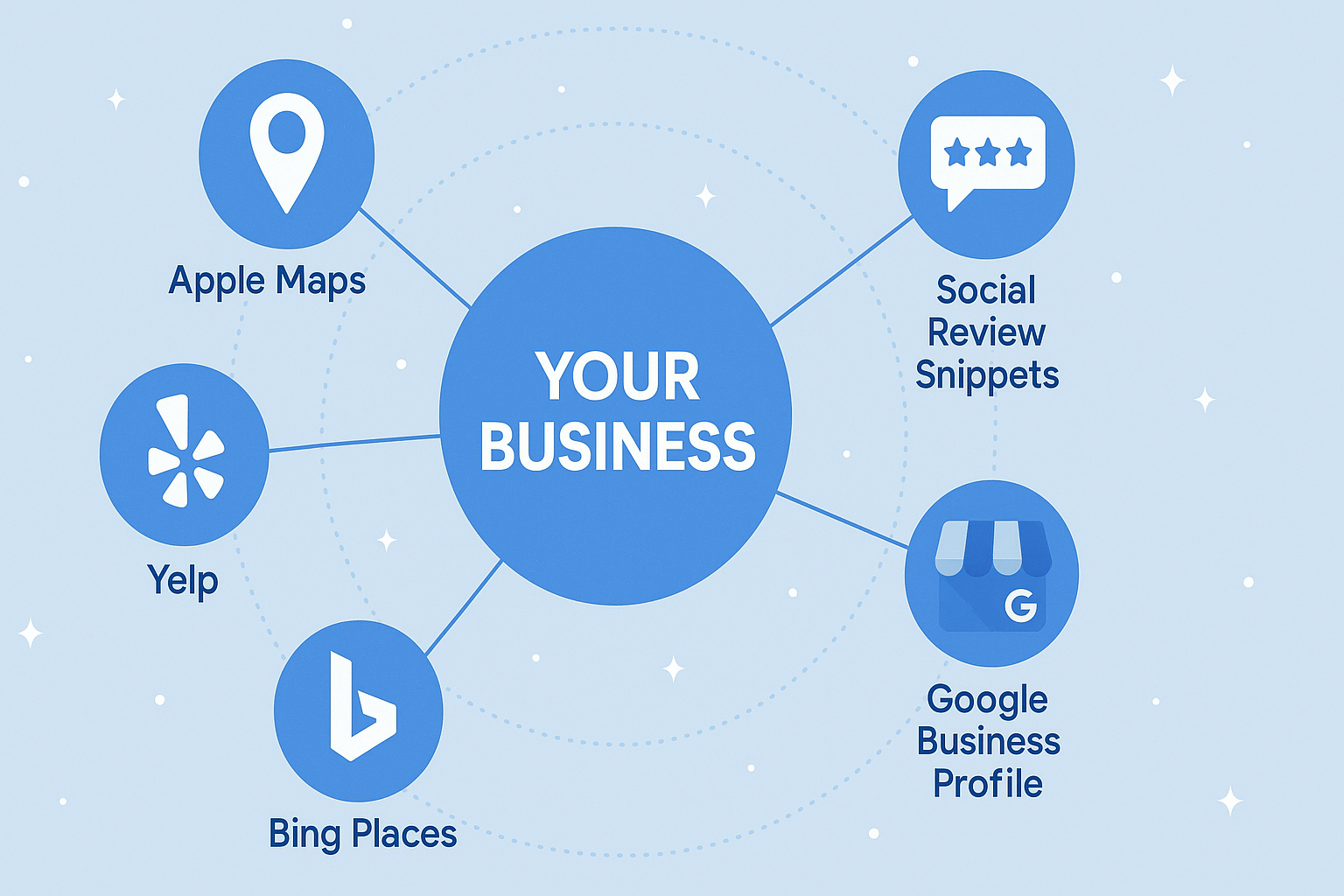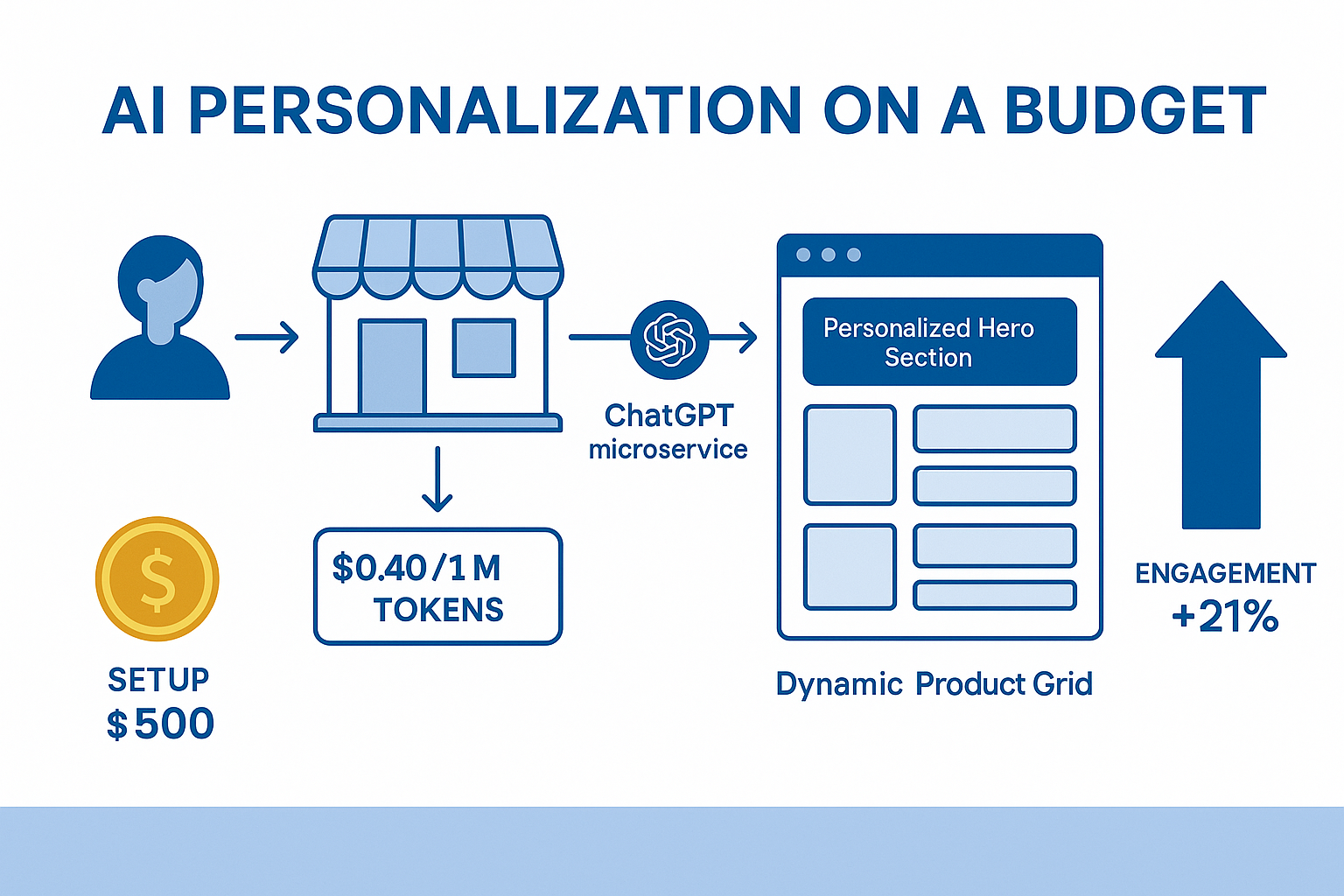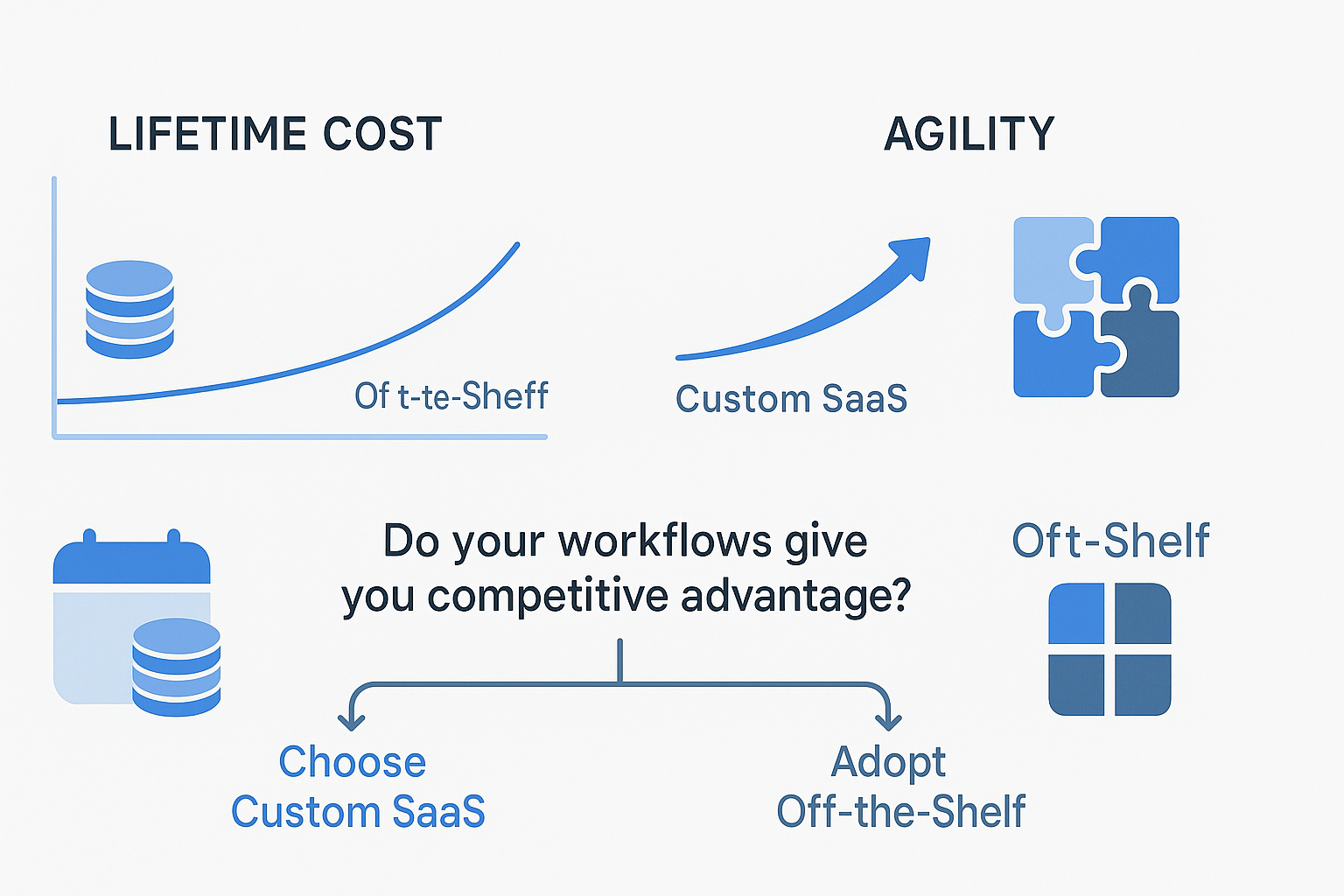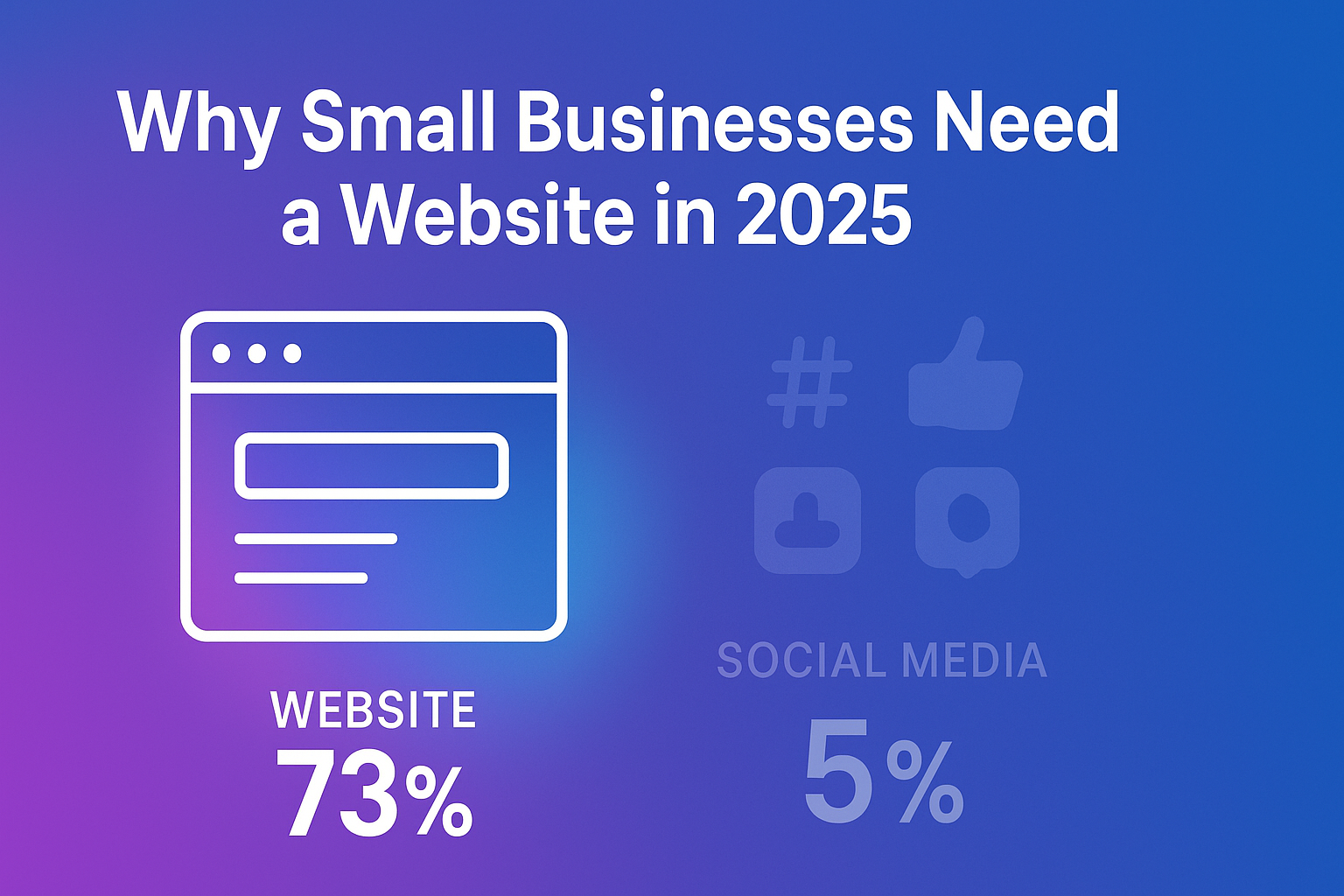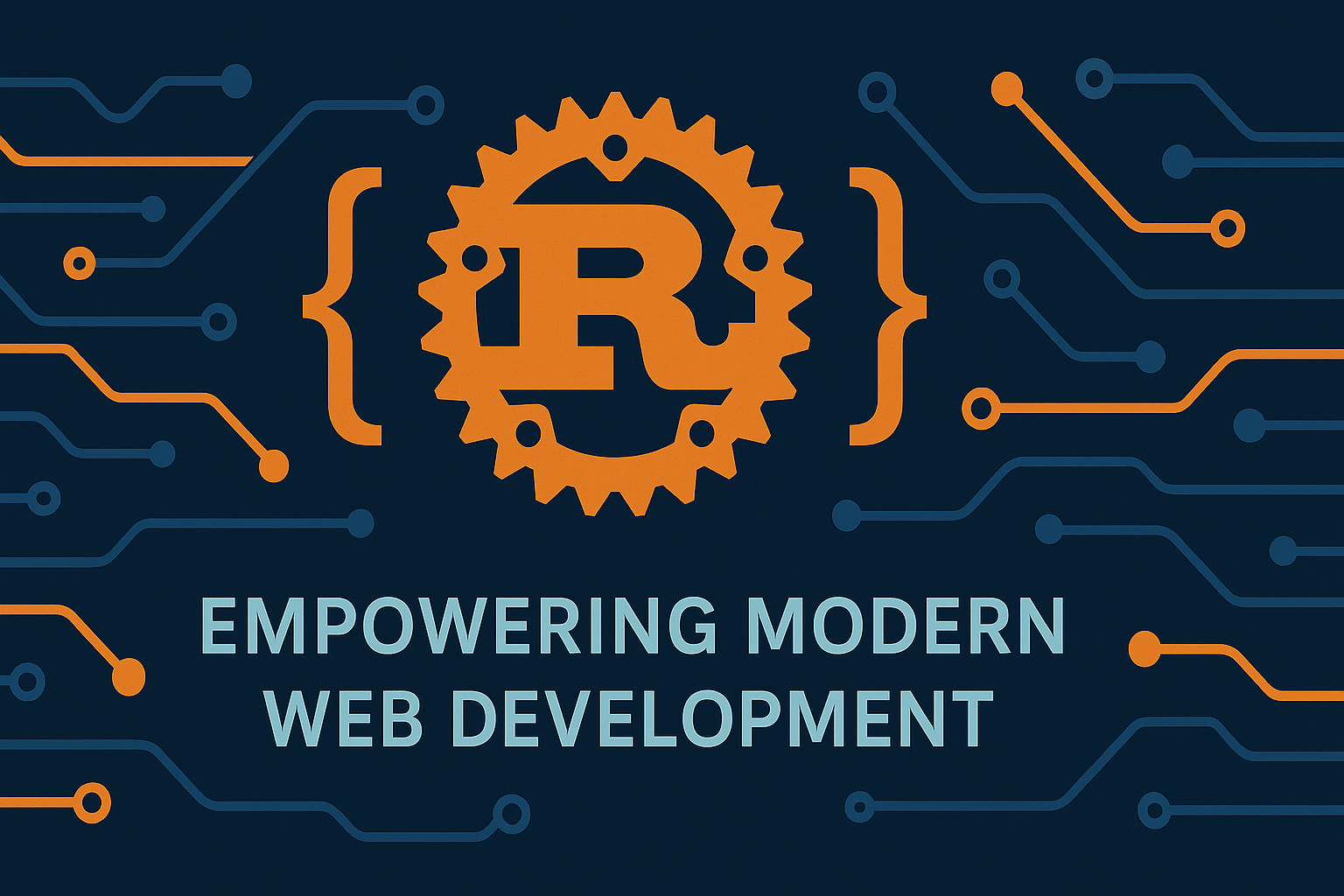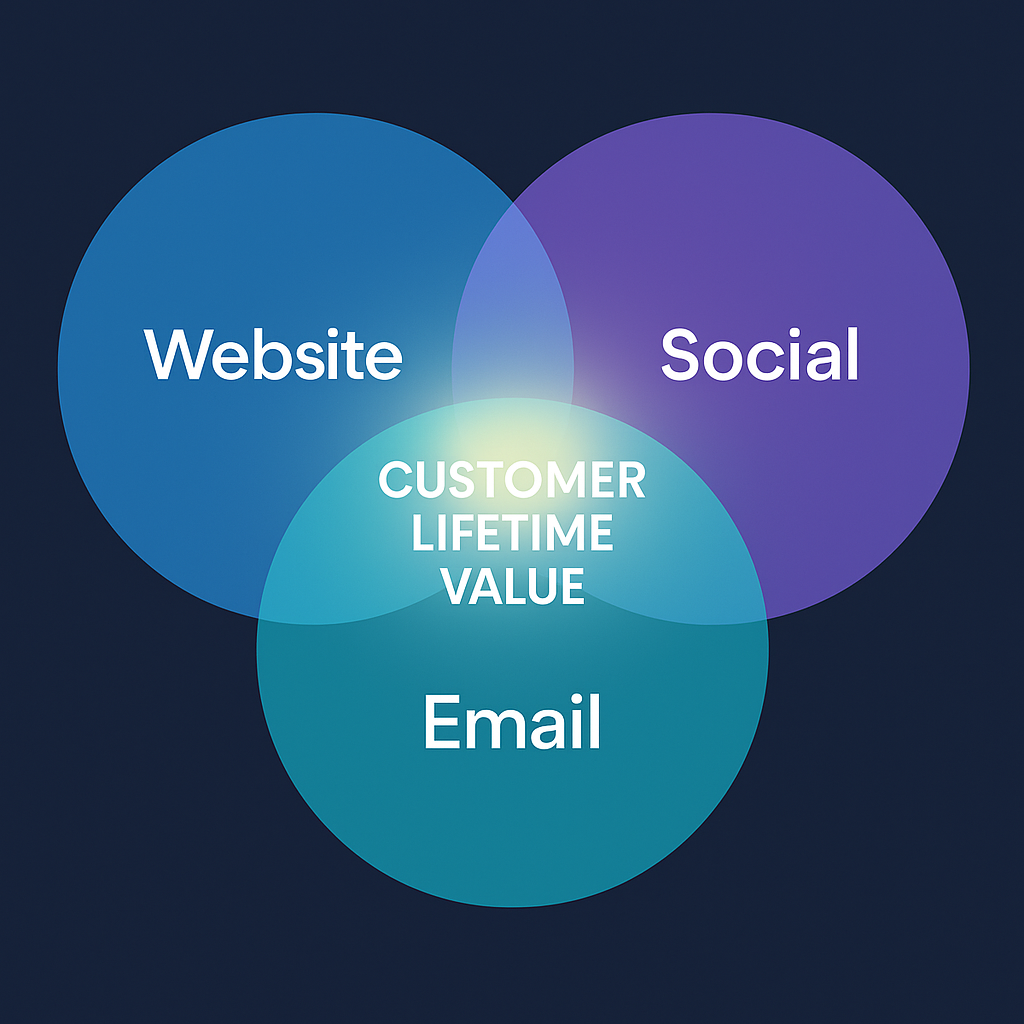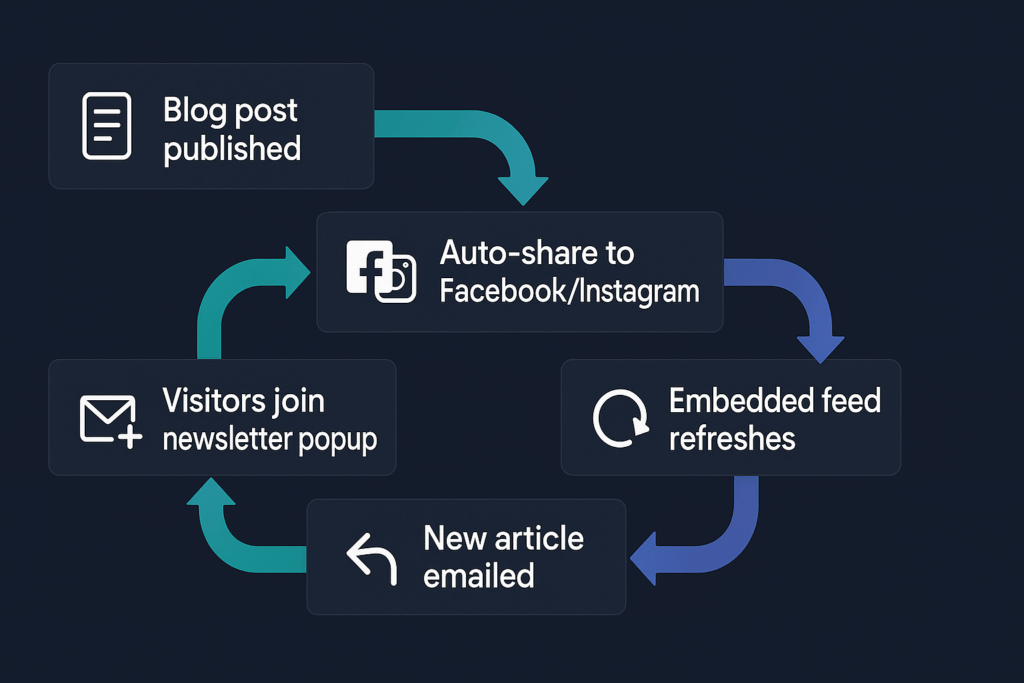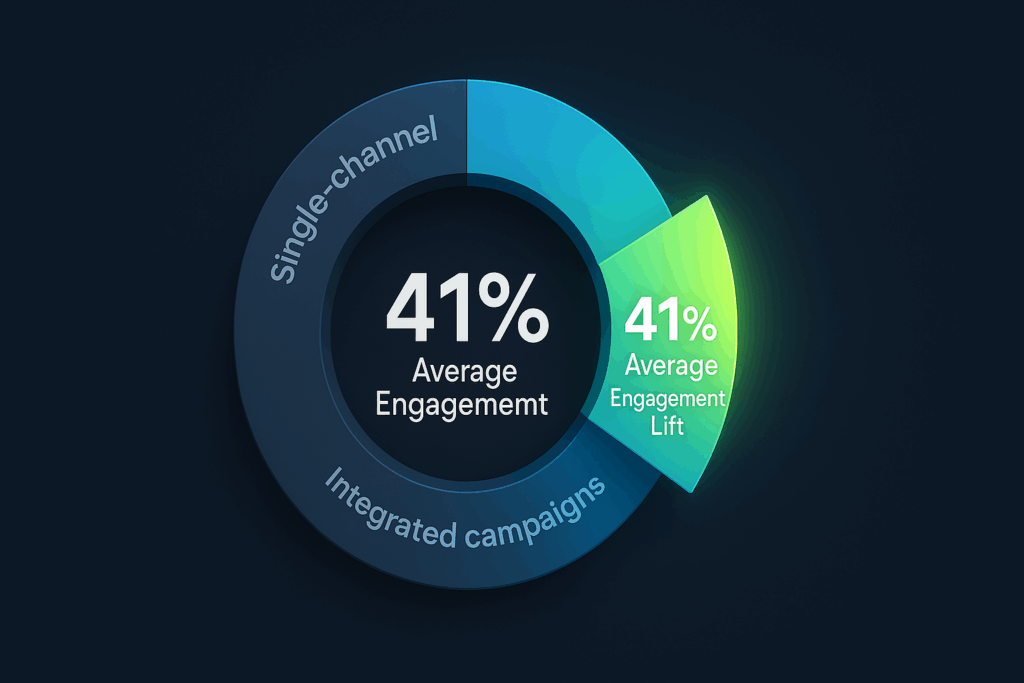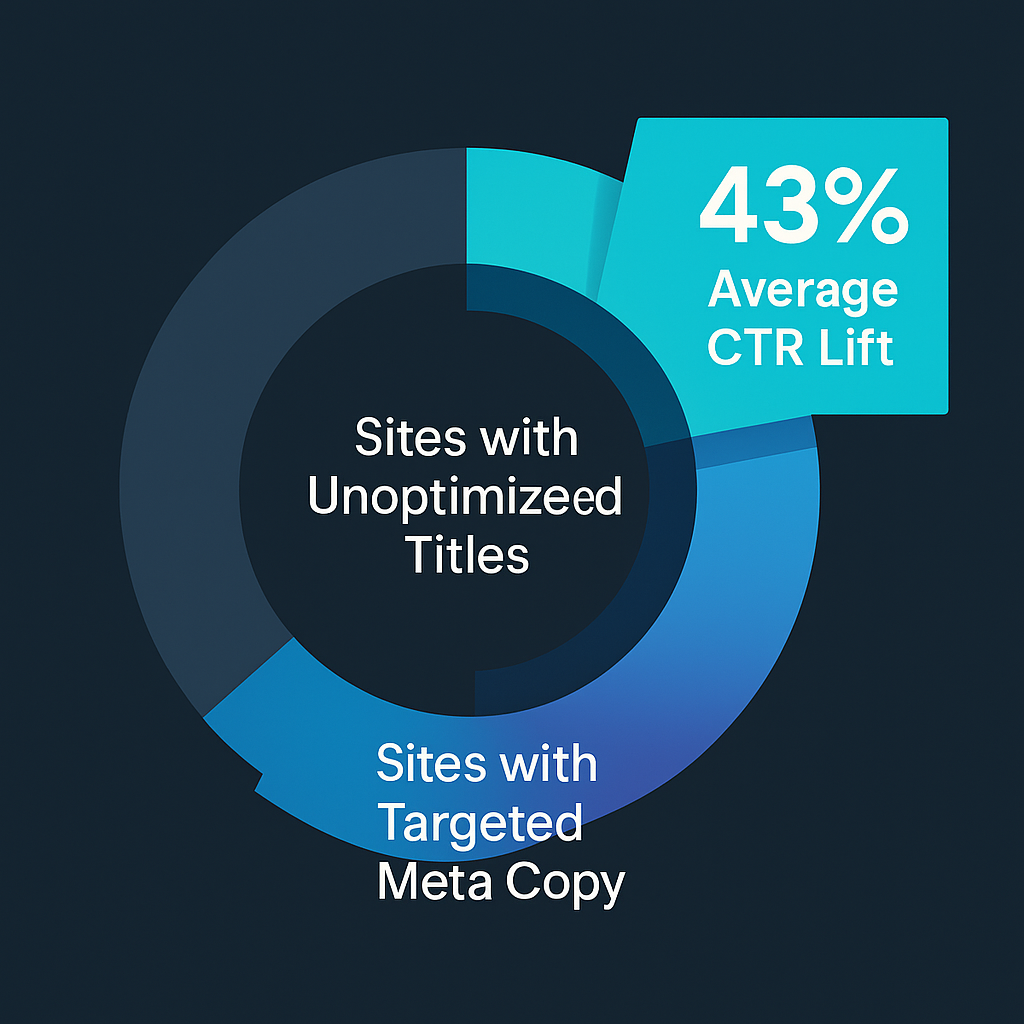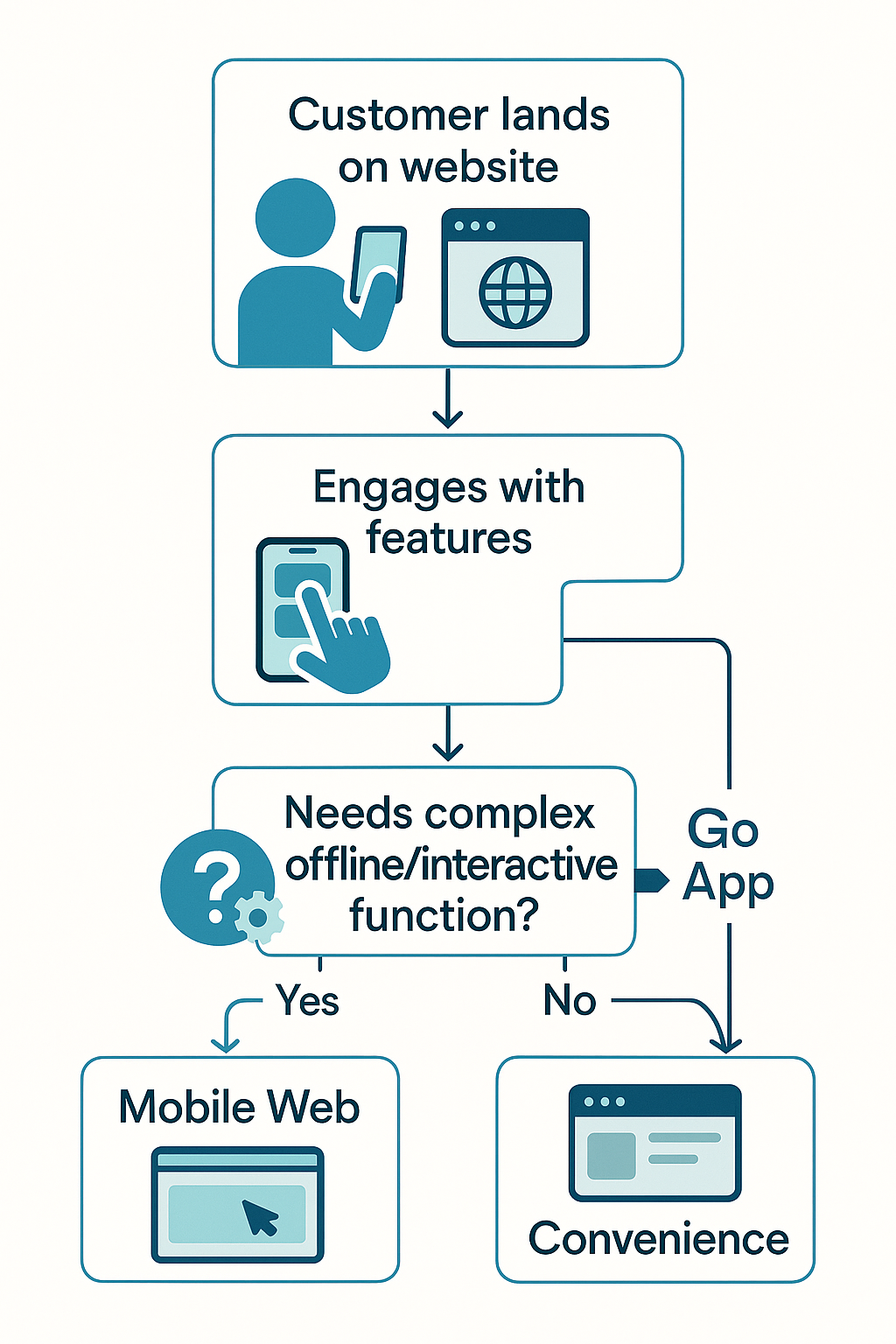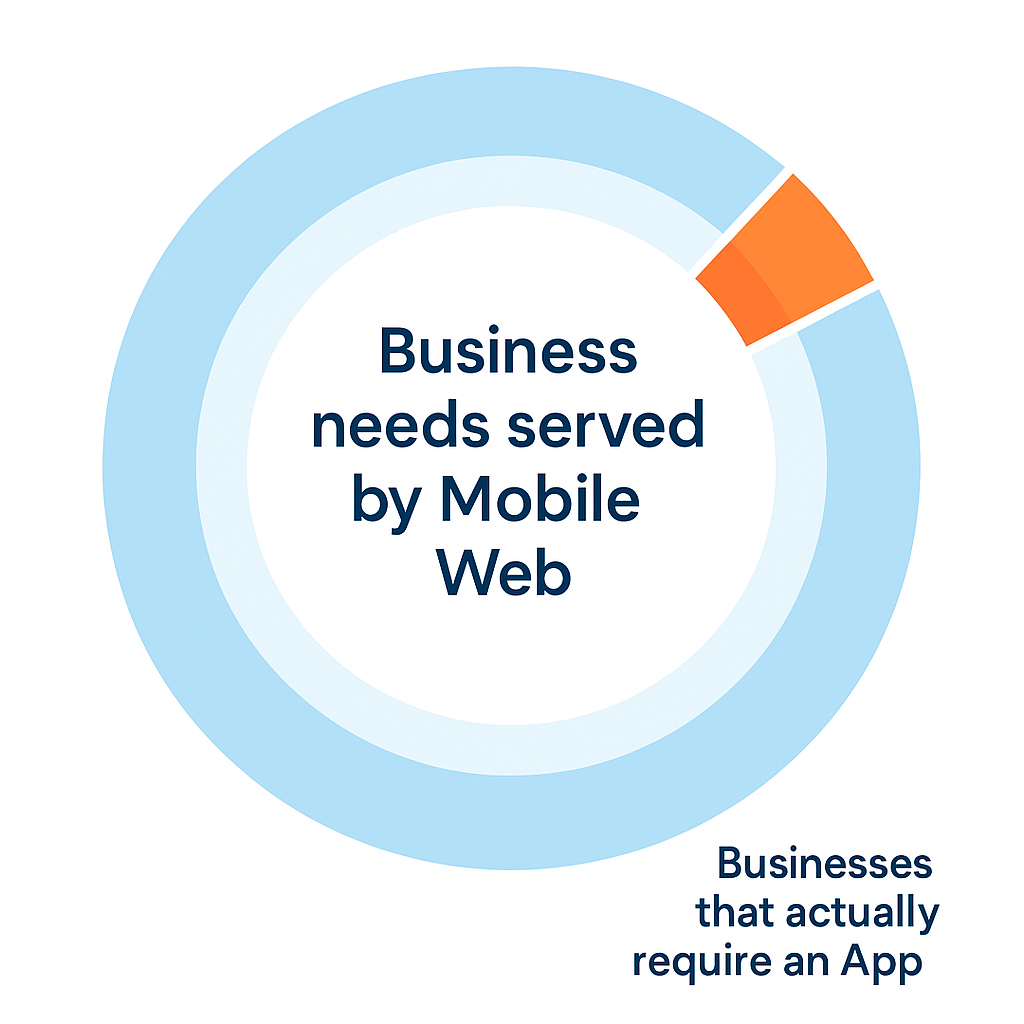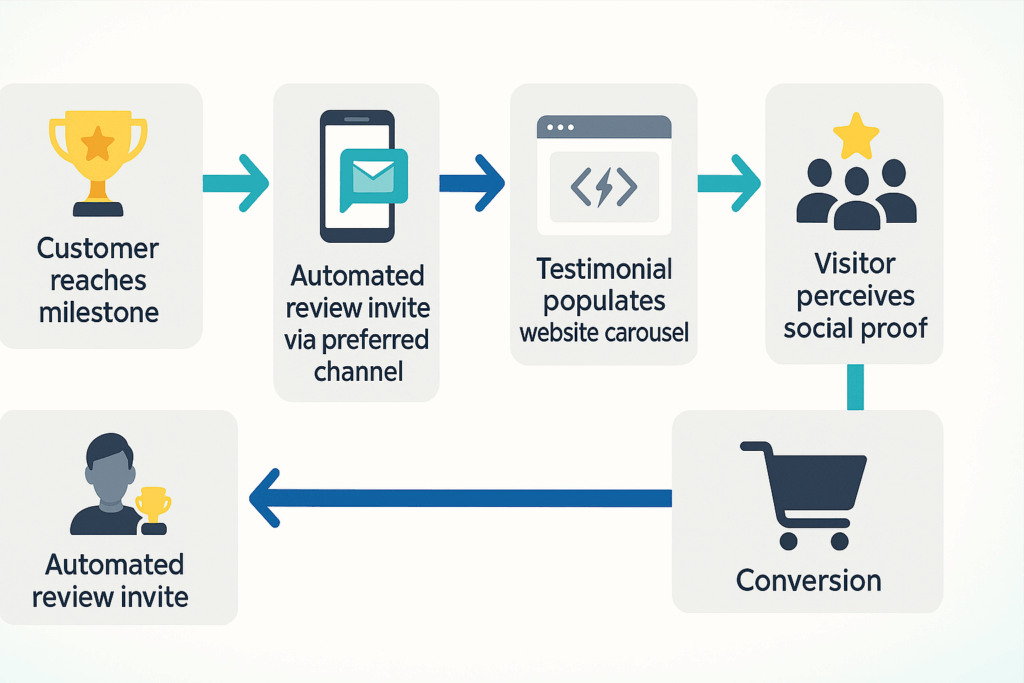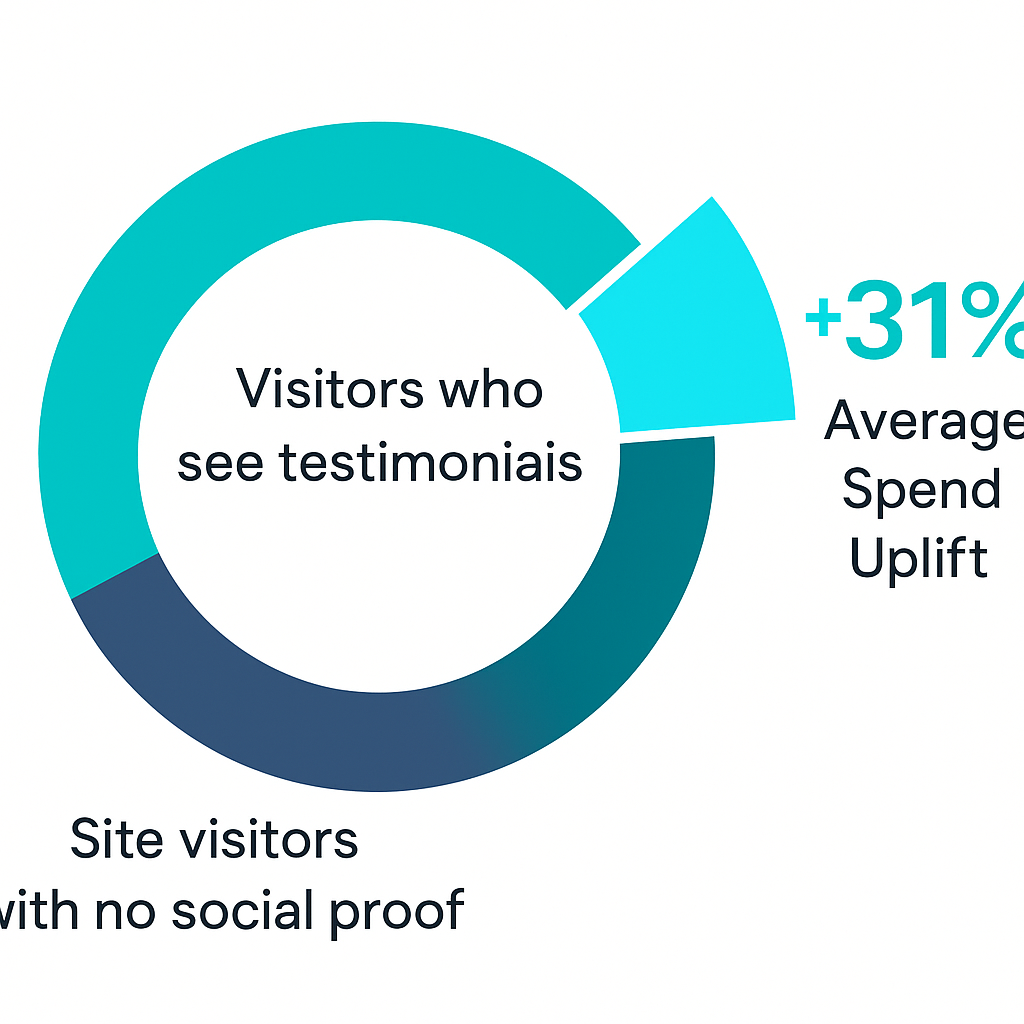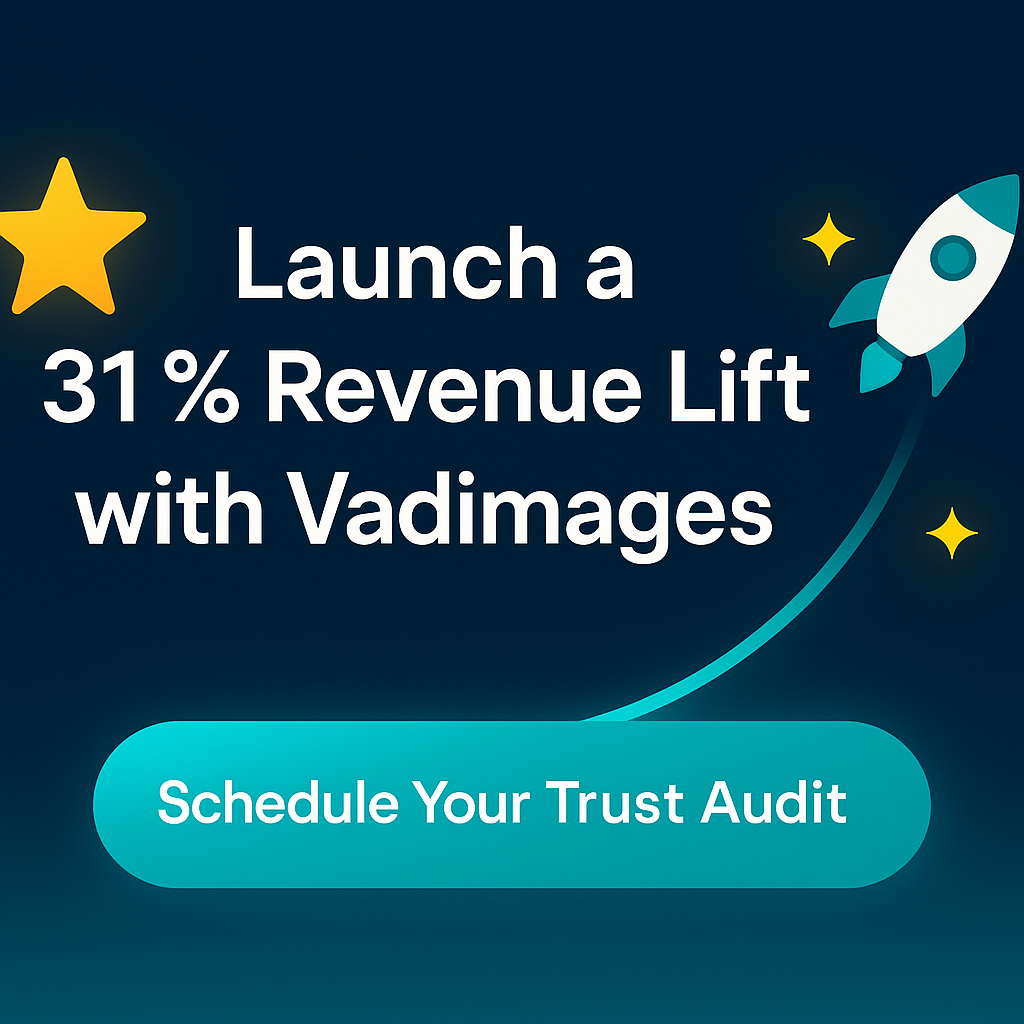Rust 1.88.0 was released in mid-2025, marking another leap forward for the Rust programming language . Rust has rapidly gained popularity in the software industry for its unique blend of high performance and memory safety . In fact, Rust has topped developer popularity charts (rated the “most admired” language with an 83% score in 2024) , indicating a broad and growing community of support. The latest Rust 1.88 release arrives with several important changes and improvements – and these updates are not just technical trivia. They directly impact how web development projects are built and maintained. In this post, we’ll explore what’s new in Rust 1.88 and, crucially, why it matters for web development and your business’s next web project.
Rust 1.88: Overview of Key Updates
Rust 1.88 introduces a range of features and enhancements that make developers’ lives easier and programs more efficient . Notable additions include “let chains” for cleaner conditional code, “naked functions” for low-level control, a more intuitive boolean config system, and automatic cache cleaning in Cargo (Rust’s build tool). Rust 1.88 also stabilizes a batch of standard library APIs, extending what stable Rust can do out-of-the-box. Let’s briefly break down these changes:
- Let Chains: In Rust 1.88 (using the new Rust 2024 edition), you can now chain multiple let conditions together with logical && in an if or while statement . This means complex conditional logic can be written in a single expression without deeply nested if blocks. The result is more readable code when, for example, extracting values from several options or results in sequence. For web development, cleaner and more concise code means faster development and easier maintenance – a crucial factor when your web application grows in complexity. By upgrading your project to the 2024 edition, you unlock this syntactic improvement and reduce boilerplate in things like request validation or configuration parsing.
- Naked Functions: Rust 1.88 allows developers to mark functions as “naked” (using the attribute #[unsafe(naked)]) so that the compiler generates no extra prologue or epilogue around the function . Essentially, a naked function lets you write pure assembly or highly optimized code for that function without compiler interference. This is a specialized feature, mainly useful in low-level systems programming – for example, writing an OS kernel, interfacing with hardware, or optimizing critical routines. While a typical web application won’t need naked functions in its day-to-day code, the presence of this feature underscores Rust’s flexibility. In practice, it means that if your web project ever needs to include a highly specialized, performance-critical routine (say, a custom encryption algorithm or image processing routine), Rust can handle it by dropping to the metal when necessary. This gives businesses confidence that Rust offers headroom for optimization where it counts. It’s one reason companies building performance-sensitive infrastructure (from database engines to networking services) choose Rust – they get high-level safety most of the time, and the option of low-level control in the rare cases they need to squeeze out every drop of performance .
- Boolean Configuration for Conditional Compilation: Rust’s conditional compilation (cfg attributes) got a small but welcome improvement in 1.88 – the ability to use true and false literals directly . Previously, if a crate wanted to include or exclude code for certain builds, you’d use tricks like cfg(all()) (always true) or cfg(any()) (always false) which could be a bit confusing. Now, you can simply write #[cfg(true)] or #[cfg(false)] to always include or exclude code. This change might seem minor, but it makes configuration more readable and intent more obvious . For web developers, this translates to fewer mistakes when managing platform-specific code or feature flags. It’s a quality-of-life enhancement: less time wrestling with build configurations means more time delivering features for your users.
- Cargo Automatic Cache Cleaning: Anyone who has built Rust projects knows that over time, the cache of downloaded packages (crates) can grow large. In Rust 1.88, Cargo (Rust’s package manager and build tool) now automatically cleans up old cache files . If a dependency package hasn’t been used in a few months, Cargo will garbage-collect it to save disk space. This is great news for developers using continuous integration (CI) systems or multiple build environments – it prevents build machines from bloating with old files. In a web development context, it improves the long-term maintainability of projects. Your build pipeline and developers’ machines stay cleaner and require less manual upkeep. Ultimately, smoother development workflows get features deployed faster and with fewer hiccups, which benefits your business through quicker turnaround and potentially lower infrastructure costs.
- Stabilized APIs: Rust 1.88 also stabilized a variety of standard library APIs, extending what stable Rust can do without nightly builds. For example, the convenient Cell::update method and new ways to remove entries from collections (HashMap::extract_if, HashSet::extract_if) are now stable . Even raw pointers implement the safe Default trait now , simplifying certain interfacing scenarios. What do these mean for web development? They’re part of an ongoing evolution making Rust more ergonomic and powerful for everyday tasks. Removing an element from a hash map while iterating, for instance, is simpler now – which might come in handy when managing caches or sessions in a web app. Each small improvement shaves a bit of complexity off the development process. Over time, these add up to faster development and more reliable code. The fact that Rust continues to stabilize features also shows the language’s maturity – it’s constantly improving but with a commitment to stability that businesses can rely on.
In short, Rust 1.88 isn’t just a routine version bump – it’s a collection of enhancements that reinforce Rust’s goals of reliability, performance, and developer productivity. But how do these language improvements translate into real benefits for web development projects? To answer that, we need to look at what Rust brings to the table for building web systems, and why staying up-to-date with Rust’s evolution can give your business an edge.
Why Rust 1.88 Matters for Web Development
Modern web development isn’t just about making things work – it’s about achieving scalability, security, and speed. Rust has been gaining traction in the web development world precisely because it excels in these areas. The updates in Rust 1.88 reinforce Rust’s strengths, making it an even more attractive choice for building web services and applications that serve real businesses needs. Let’s examine how Rust (and the latest version 1.88) address some key concerns for web projects:
1. Performance and Scalability: In web services, performance translates directly to user experience and infrastructure cost. A backend that can handle more requests per second or process data faster means you can serve more customers with less hardware. Rust’s performance is well-known – it’s on par with C/C++ in many cases, without the hefty runtime overhead of garbage-collected languages. The new features in 1.88 continue to support high performance. For example, let chains make certain conditional logic more efficient and straightforward, which can very slightly improve the performance of complex request handling loops by eliminating unnecessary branching. Naked functions, while niche, allow low-level optimizations in the rare cases you need them.
To put Rust’s performance in perspective, consider a simple web server benchmark. In a high-concurrency scenario (thousands of simultaneous connections), a Rust web framework like Actix can handle on the order of 160k+ requests per second, whereas a popular runtime like Node.js might handle around 70k requests per second under the same conditions . Rust also maintains lower latencies – meaning faster response times for users . In the chart below, you can see how Rust outperforms other technologies in throughput when serving web requests under heavy load. This kind of headroom lets a Rust-based web service continue to feel snappy as your user base grows, without immediately resorting to complex scaling strategies or costly additional servers.
Rust delivers significantly higher throughput at high load compared to other web backends. In one test, a Rust server handled ~165k requests/sec (with low latency) versus ~72k for Node.js under the same conditions . Higher throughput means your web application can serve more users on the same hardware, which can reduce cloud hosting costs and improve user experience during peak traffic.
For small and mid-sized businesses, this efficiency can be a game-changer. It means you might handle a traffic spike (like a big sale or viral promotion) without your site going down or becoming unbearably slow. It means potentially saving money by using a smaller server instance or fewer instances to serve the same load as a comparable setup in, say, Python or Node. Rust 1.88’s continued focus on performance (for example, optimizations in the compiler and standard library) ensures that choosing Rust for web development keeps paying dividends over time. Your web backend can scale vertically (get more out of one server) and horizontally (fewer total servers needed for a given load) more effectively.
2. Reliability and Maintainability: Beyond raw speed, Rust is famous for its reliability. Its strict compile-time checks catch bugs at compile time that might only show up as crashes or corrupt data in other languages. Rust’s updates in version 1.88 further improve reliability by making code clearer and less error-prone. The introduction of let chains, for instance, isn’t just a syntactic nicety – it actually can prevent logic errors that sometimes occur when juggling multiple nested if let conditions. By writing conditions in a single expressive statement, developers reduce the chance of forgetting an edge case or introducing a bug when refactoring logic. This translates to fewer runtime errors and less downtime for your web service.
Similarly, the improvements to Cargo’s package handling (automatic cache cleanup) and new stable APIs contribute to maintainability. Developers spend less time on environment management and can use more battle-tested library features without opting into unstable nightly builds. All of this means the codebase for your web project remains clean, modern, and easier to work with. Over the lifecycle of a web application, maintainability is critical – especially for small and mid-sized businesses that might not have huge dev teams. You want technology that helps your developers (or your contracted web studio) deliver updates and fixes quickly without introducing new problems. Rust’s design has always prioritized that (the compiler is like a built-in QA assistant), and each release like 1.88 doubles down on it. It’s telling that hundreds of contributors from the Rust community (443 to be exact, for Rust 1.88) work together on these improvements . The vibrant community ensures that issues are found and resolved, and new use-cases are supported, which in turn keeps your project robust and future-proof.
3. Security: In an era of frequent data breaches and cyber attacks, using a secure-by-design language for web development can save your business from disaster. Rust’s most lauded feature is its memory safety – the guarantee that common bugs like buffer overflows and use-after-free are virtually impossible in safe Rust code. These types of bugs are often at the heart of serious security vulnerabilities in software written in languages like C or C++ (which many web servers and infrastructure components historically use). In fact, a recent U.S. government cybersecurity report highlighted that moving to memory-safe languages (like Rust) can prevent entire classes of security flaws . Rust was explicitly called out as a critical tool for achieving memory safety compared to legacy languages . For a business handling customer data or financial transactions on the web, this is a big deal. It means a whole category of potential exploits is off the table from day one, thanks to Rust’s architecture.
Rust 1.88’s role in security is a continuation of Rust’s ethos. New features like let chains don’t directly add security, but by encouraging clearer code, they can reduce logic errors that might lead to security issues. More tangibly, Rust’s standard library stabilization (e.g., making it easier to handle strings, memory, and pointers safely) gives developers less reason to write insecure code or use unsafe workarounds. The end result is that a web service written in Rust tends to be resistant to many common vulnerabilities that plague other systems. As a business owner or technical leader, using Rust for your web backend can mean sleeping a bit more soundly at night – and potentially lower costs related to security audits and patching emergency vulnerabilities. It’s no surprise that tech giants known for handling enormous scale and security, like Microsoft and Amazon, have been adopting Rust in their systems, and companies like Cloudflare use Rust to build secure, high-performance networking services . With Rust 1.88 and beyond, you’re aligning your web technology with a broader industry push towards safer software.
4. Longevity and Future-Proofing: Web development trends come and go, but certain fundamental needs (speed, safety, stability) remain. Rust’s rapid rise and consistent improvement suggest it’s not a fad but a foundational technology for the next generation of web infrastructure. Each release (like 1.88) shows that Rust is evolving without breaking backwards compatibility – a crucial point for long-term projects. You don’t want to rewrite your whole codebase every year just to keep up with the language. Rust’s edition system (2024 edition being the latest) ensures you can opt-in to new features like let chains at your own pace, and old code continues to compile. For a business, that means using Rust is a sustainable investment: the code you write today will likely compile and run years down the line, with minimal tweaks, while still benefiting from performance improvements in the compiler and standard library. The Rust community’s commitment to stability and incremental improvement (as seen in 1.88’s smoothing of rough edges and addition of opt-in features) is very much aligned with business interests.
Moreover, Rust isn’t just for the server side. It also has a unique capability in web development: WebAssembly (WASM). Rust can compile to WebAssembly, allowing you to use Rust code in the browser for parts of your application that need extra speed or safety (for example, a complex data visualization, image manipulation, or offline-first application logic). While Rust 1.88 is a server-side focused release, the ongoing enhancements to the language trickle into the WebAssembly story as well. A faster, more ergonomic Rust means your team can build high-performance web modules that run client-side, potentially enabling new product features (like advanced interactive graphics or real-time data processing) that set you apart from competitors. Being on Rust 1.88 ensures maximum compatibility with the latest WASM tools and Rust libraries, positioning your web app to take advantage of cutting-edge browser technology when needed.
Finally, using Rust in web development sends a message to your clients or users about quality and innovation. It shows that your business or development partner (such as a studio you hire) cares about using the best tool for the job – one that emphasizes doing things right (safe and robust) without sacrificing speed. This is where Vadimages comes in.
Empowering Your Business with Vadimages and Rust
Keeping up with fast-evolving technology like Rust is not always easy, especially for small and mid-sized businesses that have a million other things to manage. That’s why having the right development partner is crucial. Vadimages is a web development studio that stays at the forefront of modern tech – and Rust is a prime example. We understand the ins and outs of Rust’s latest features (including Rust 1.88), and we leverage them to build custom web solutions tailored to your business needs. Our developers know how to harness Rust’s performance to create web backends that can handle your growth, how to utilize Rust’s safety to protect your critical data, and how to write clean Rust code that’s maintainable for the long run.
By choosing a team like Vadimages that is experienced in Rust, you get all the benefits of Rust 1.88 and beyond without the steep learning curve. Rust is powerful, but it’s also known to be complex especially for developers new to it – sometimes people compare learning Rust to “learning to fly a jet” . At Vadimages, our experts already have that piloting experience. We can rapidly develop high-performance web services in Rust, or even refactor parts of an existing system into Rust, so you can solve performance bottlenecks or security pain points in your current architecture.
How does this translate to solving your business problems? Imagine you’re running an e-commerce platform and during big sales your Node.js-based server starts lagging or crashing under load. We could step in and build a critical microservice in Rust – say, the shopping cart or inventory service – which can handle tens of thousands more requests with ease, ensuring a smooth experience for customers. Or suppose you handle sensitive healthcare data and worry about the security of your web portal – we could implement it in Rust, drastically minimizing the risk of certain vulnerabilities and helping with compliance to strict data safety standards. For a fintech startup needing low-latency processing, Rust allows squeezing maximum throughput from every server, possibly saving thousands of dollars in cloud costs. These are tangible improvements that affect your bottom line and reputation.
Rust 1.88’s updates, in particular, mean our developers can be more productive and efficient in delivering these solutions. With features like let chains, we write business logic in fewer lines of code (which often means fewer bugs). With the enhanced tooling, our build pipelines run more smoothly. All that translates to faster delivery of your project and more robust results. We make it our mission to adopt such advancements as soon as they’re stable, so our clients benefit immediately. You might not advertise to your own customers which programming language powers your system, but they will certainly feel the difference in terms of a snappy, reliable application experience – and that can set you apart in the market.
It’s also worth noting that Rust’s growth in the industry means it’s here to stay. By investing in a Rust-based solution now, you’re riding an upward trend backed by major players (from tech giants to even government initiatives promoting memory-safe software). You’ll be in good company and can expect a growing ecosystem of libraries, tools, and developers in the Rust space. At Vadimages, we contribute to and draw from this rich ecosystem to keep your project modern. We can integrate existing Rust libraries for web frameworks, ORMs, or analytics – many of which are benefitting from Rust 1.88 improvements themselves – to avoid reinventing the wheel and thus reduce costs for you.
In summary, Rust 1.88 matters for web development because it fortifies an already strong foundation that addresses performance, reliability, and security – the very things that web-enabled businesses of any size care about. By partnering with a forward-looking web studio like Vadimages, you ensure those benefits aren’t just theoretical. We make them real in the form of a fast, secure web application that can help your business thrive online. Whether you’re a tech-savvy CTO or a business owner focused on results, Rust 1.88’s enhancements ultimately mean one thing: better web software to power your goals. And our team is here to craft that software for you, using Rust and all the best tools of the trade.
Rust’s continual improvement is an opportunity for those who embrace it. With Rust 1.88, the language is more capable than ever, and when leveraged by experienced professionals, it can solve the web challenges that typical technologies might struggle with. If you’re aiming to build a web solution that stands the test of time – one that is blazingly fast, rock-solid under pressure, and secure against threats – then consider using Rust and entrusting its implementation to experts. At Vadimages Web Development Studio, we’re excited about what Rust 1.88 brings, and we’re even more excited about applying it to help your business succeed in the US market and beyond. Get in touch with us to explore how cutting-edge tech like Rust can be the engine behind your next big idea on the web. Your users may never know the version number or the language, but they will definitely notice the speed, stability, and quality – and that’s what ultimately drives growth and satisfaction.
Let’s build the future of your web presence with the powerful tools Rust 1.88 has given us – reliable, efficient, and ready to take on real-world challenges . With Vadimages as your development partner, you can harness these advancements confidently, turning technological progress into concrete business advantage. The web is evolving, and with Rust 1.88, we can ensure your business is not just keeping up, but setting the pace.
